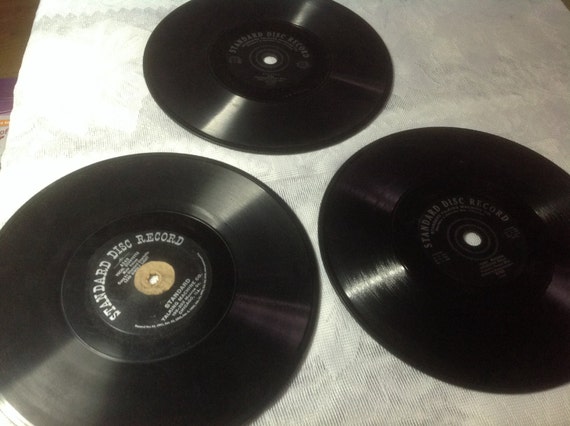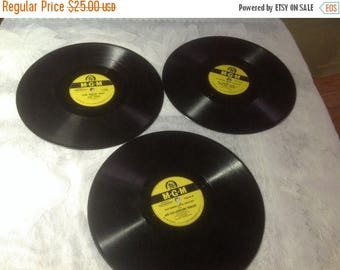

A 12-inch 33 RPM record with smaller and tighter grooves. The Beatles 1967 EP Magical Mystery TourĬolumbia Records then followed up by releasing an “extended-play” LP.Other side effects include quieter play and more prone to damage by a dirty needle.Īn EP generally had a runtime of 10-15 minutes. These smaller grooves reduced the dynamic range of the record. These records were able to cram in an extra 2-3 minutes per side of a 7-inch 45 by reducing the size of the grooves at the cost of losing some fidelity. EPs initially referred to 45s that contained more than a single song per side and later refined to any music album containing 4 or more tracks. Shortly after the release of LPs, RCA Victor introduced the “extended play” or EP record to compete with Columbia Records. 12-inch 78 RPM records were primarily reserved for classical music. The higher speed of rotation drastically lowers the playtime of an LP to the same duration of a 45.ħ8 RPM records generally came in a 10-inch variant and made from shellac, unlike modern vinyl records which are made primarily from PVC. This limitation results in being able to fit a song or two on each side.ħ8 RPM records have not been commonly produced since the 50s’. 45s are going to be a much shorter 5 minutes, totaling up to 10 minutes for both sides. Next up would be your “45s” or 7-inch 45 RPM records. LPs were a set standard and have stood the test of time.Ī 12-inch 33RPM or an “LP” with microgrooves is by far the most common in modern pressings, which provides you a total of 44 minutes of music on a single record. Our playtimes have not increased much since then.

These microgrooves required a needle stylus nearly one third the size of a 78 RPM stylus. Microgrooves are just a smaller groove within the vinyl record. Reducing the speed so drastically was possible through “microgrooves.” In 1948 Columbia Records introduced “long players,” or more commonly referred to as an “LP.” LPs were to fulfill the need of longer playtimes by spinning the record at a slower 33 RPM. When sound was introduced into movies, the short runtime of these 78 RPM records was insufficient and required longer playtimes. In the early days of vinyl records, 78 RPM was the most common and only provided a total of 10 minutes of runtime. Listed below are the most common sizes and RPMs you may come across and the advised max runtimes of the combination determined by manufacturers. Groove length is a product of the diameter of the record and how tightly the grooves are packed together. The playing time of a vinyl record depends on total groove length. Playing Times of the Many Vinyl Variations However, there are many other standards at play, and when purchasing antique albums. These are the two most common types of records and covers a majority of the market. Generally, any longer, the sound quality would start to deteriorate. A 7-inch 45 RPM record can fit approximately 5 minutes per side for a total of 10 minutes. Vinyl records share the same limitation and can represent a limited playtime accurately.Ī standard 12-inch 33 RPM vinyl record can have a playtime of roughly 22 minutes per side for a total of 44 minutes. Just like any medium for music, there is only so much space you can use to transcribe music onto.


 0 kommentar(er)
0 kommentar(er)
